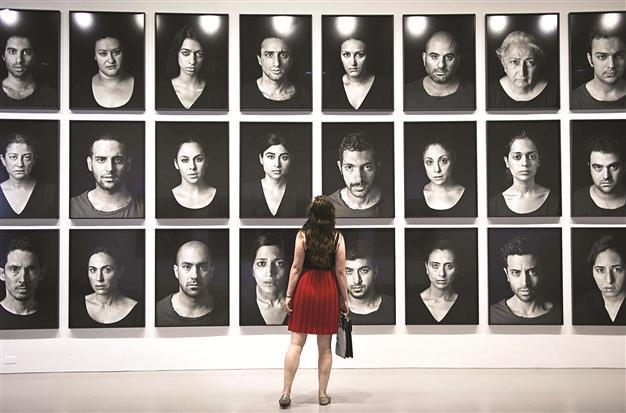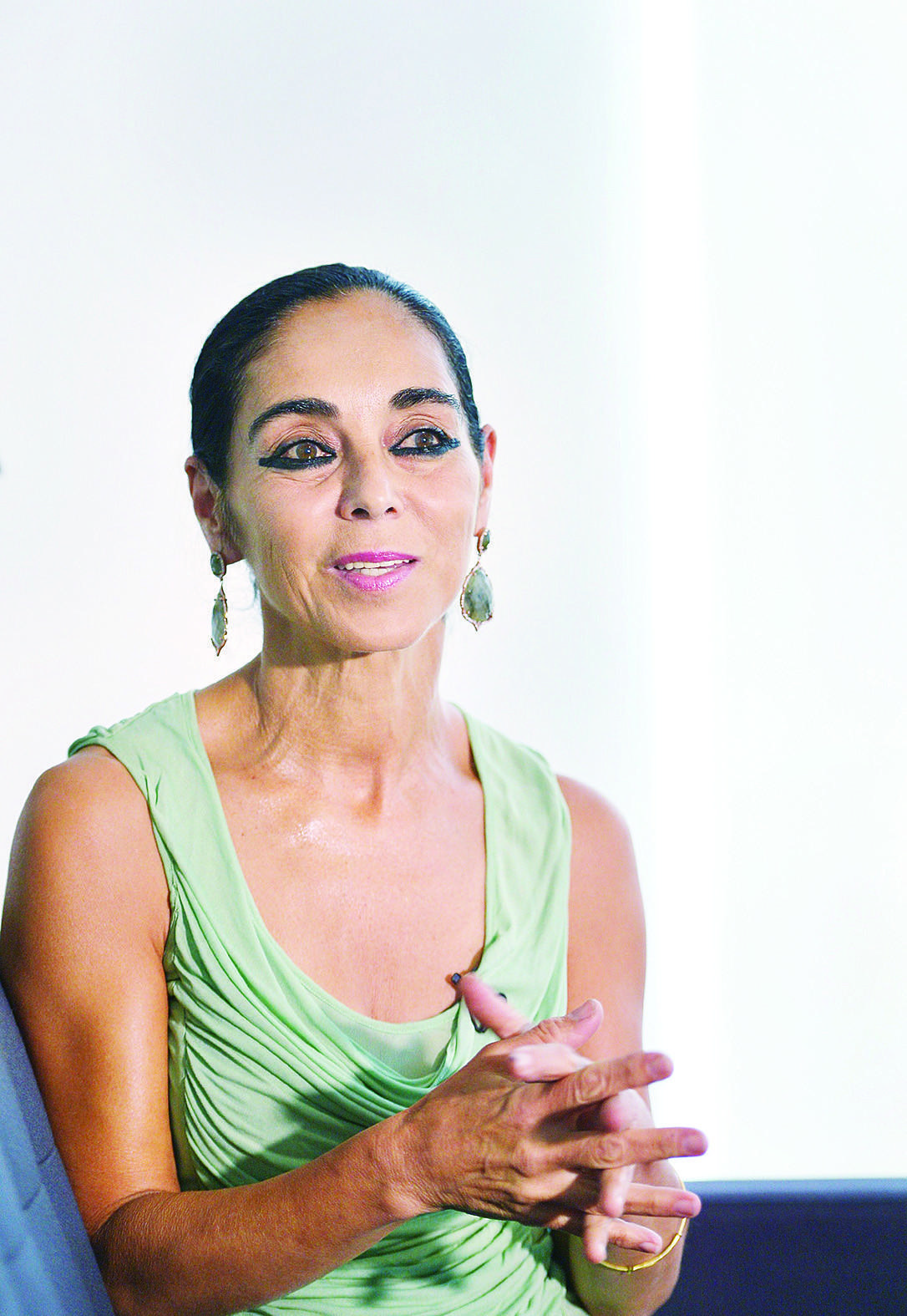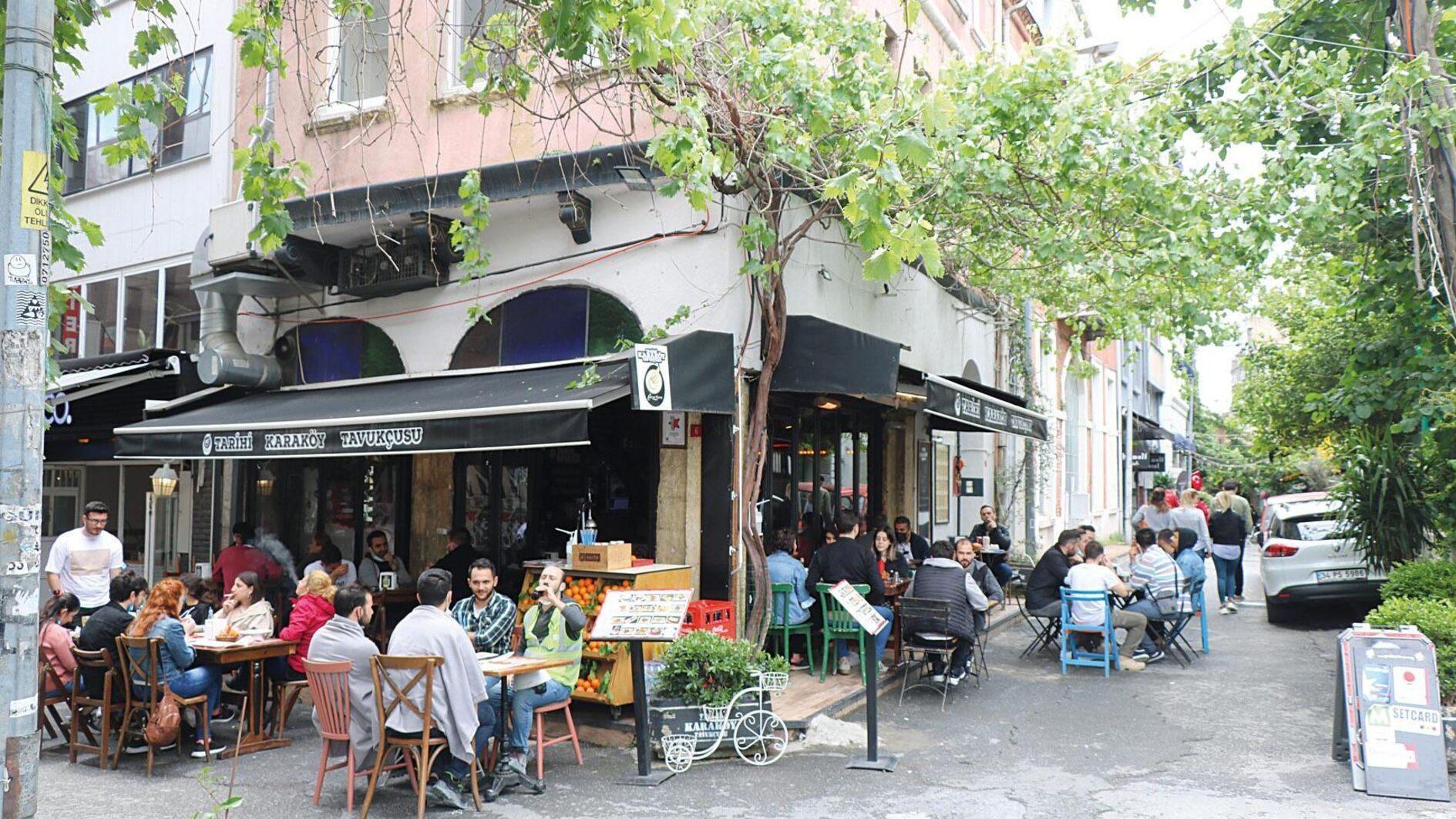Shirin Neshat, inadvertent narrator of history
WASHINGTON – Agence France-Presse

 Iranian-American artist Shirin Neshat’s dark kohl-lined eyes are immediately recognizable. Now she has brought their gaze on Iranian and Arab women’s resistance against oppression to the most political of cities.
Iranian-American artist Shirin Neshat’s dark kohl-lined eyes are immediately recognizable. Now she has brought their gaze on Iranian and Arab women’s resistance against oppression to the most political of cities.The Hirshhorn Museum’s retrospective in Washington coincides with a diplomatic push to seal a nuclear deal with Iran, which has revived interest in relations between Tehran and the West.
The non-linear narrative of the exhibit provides a glimpse not just of Neshat’s art and life, but also the trajectory of Iran in modern times, from the 1953 coup through the 1979 Islamic Revolution to the recent Green Movement.
“My work is the expression of my feelings and relationship to politics... the rise of anxiety and the joy of the prospect of peace,” Neshat said.
At 58, the New York-based artist is unassuming and soft-spoken, her diminutive frame contrasting with the boldness of her work.
Although the self-described secular Muslim insists her exile is “self-imposed,” her work is so controversial in Iran that it has yet to be shown there publicly. She herself has not returned since 1996.
The female protagonists in her video installations are constantly on the move, their lives at risk at every moment.
In “Turbulent” from 1998, a singer defies a ban on singing in public.
In “Fervor” from 2000, a woman dares seek the gaze of her beloved, while in 1999’s “Rapture,” women embark on a boat, leaving men behind, for what could be interpreted as either suicide or freedom.
Each video of the trilogy features split screens dividing men and women, a theme taken up in more mystical fashion in “Women Without Men,” a five-part video series that was later made into a feature film.
“My perspective on the situation of the Iranian women, particularly, of course, since the Islamic Revolution, is that the more they are up against the wall, the more resilient, confrontational and rebellious they have become,” Neshat said.

Photographic portraits
Neshat inscribed calligraphic texts and illustrations from the ancient Persian epic poem Shahnameh for her monumental series of photographic portraits, “Book of Kings.”
In a break with her previous work, the Iranian and Arab subjects are youthful and unveiled, reflecting changes in the wake of the Green Movement and Arab Spring popular uprisings.
The portraits also include poetry by contemporary Iranian writers and prisoners.
“Our House is on Fire” closes the chapter, with nearly indecipherable calligraphy inscribed in the folds and wrinkles of her elderly subjects’ skin. Only tears, shed for loved ones lost to violence, are left untouched.
The series was inspired by the Egyptian revolution, to which Neshat became an inadvertent witness while working on a film about seminal singer Um Kulthum, a project due to be shot early next year in Egypt and Morocco.
Neshat, whose mother and siblings still live in Iran, has narrated the heart-wrenching condition of diaspora from across oceans, having left Iran in 1974 to study abroad.
After the 1979 Islamic Revolution that overthrew the U.S.-backed shah, Neshat would not return until 1990. She found a country so profoundly changed that people even behaved and dressed differently.
“The Islamic Revolution is what caused our separation, years and years of separation,” Neshat recalled. “If there is a universality in the work that I make, it is a question of tyranny and the people’s power, and the survival and resilience of the human spirit in the face of tyranny and dictatorship.”
The visit was a catalyst for the provocative “Women of Allah” series featuring black and white photographs in which Neshat herself appears veiled and toting a gun, sometimes pointed directly at the viewer.
The Hirshhorn show runs through Sept. 20.
















